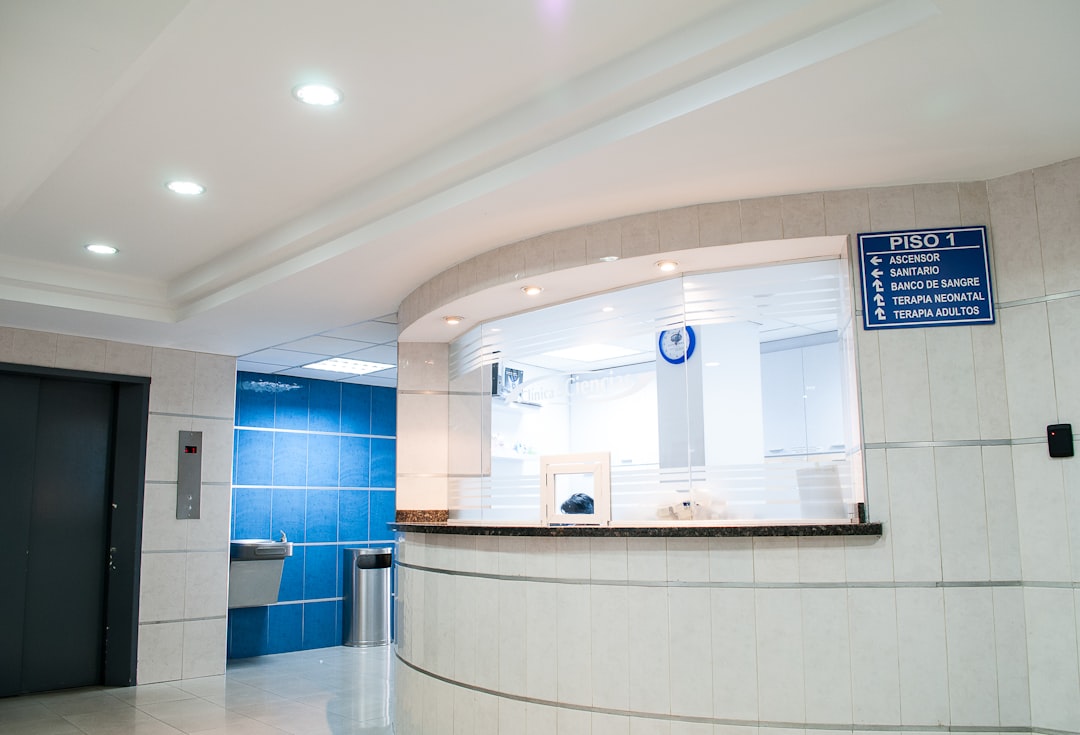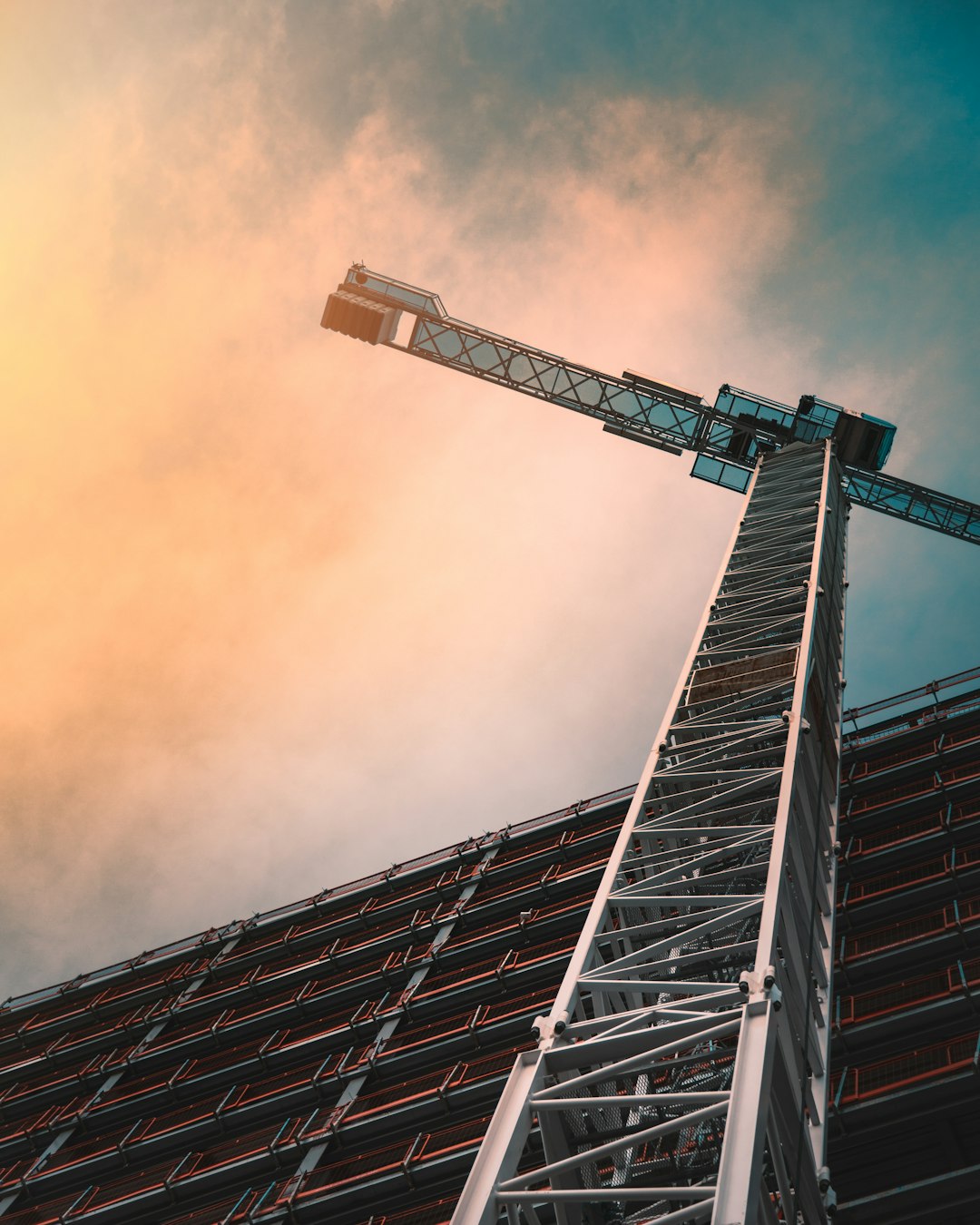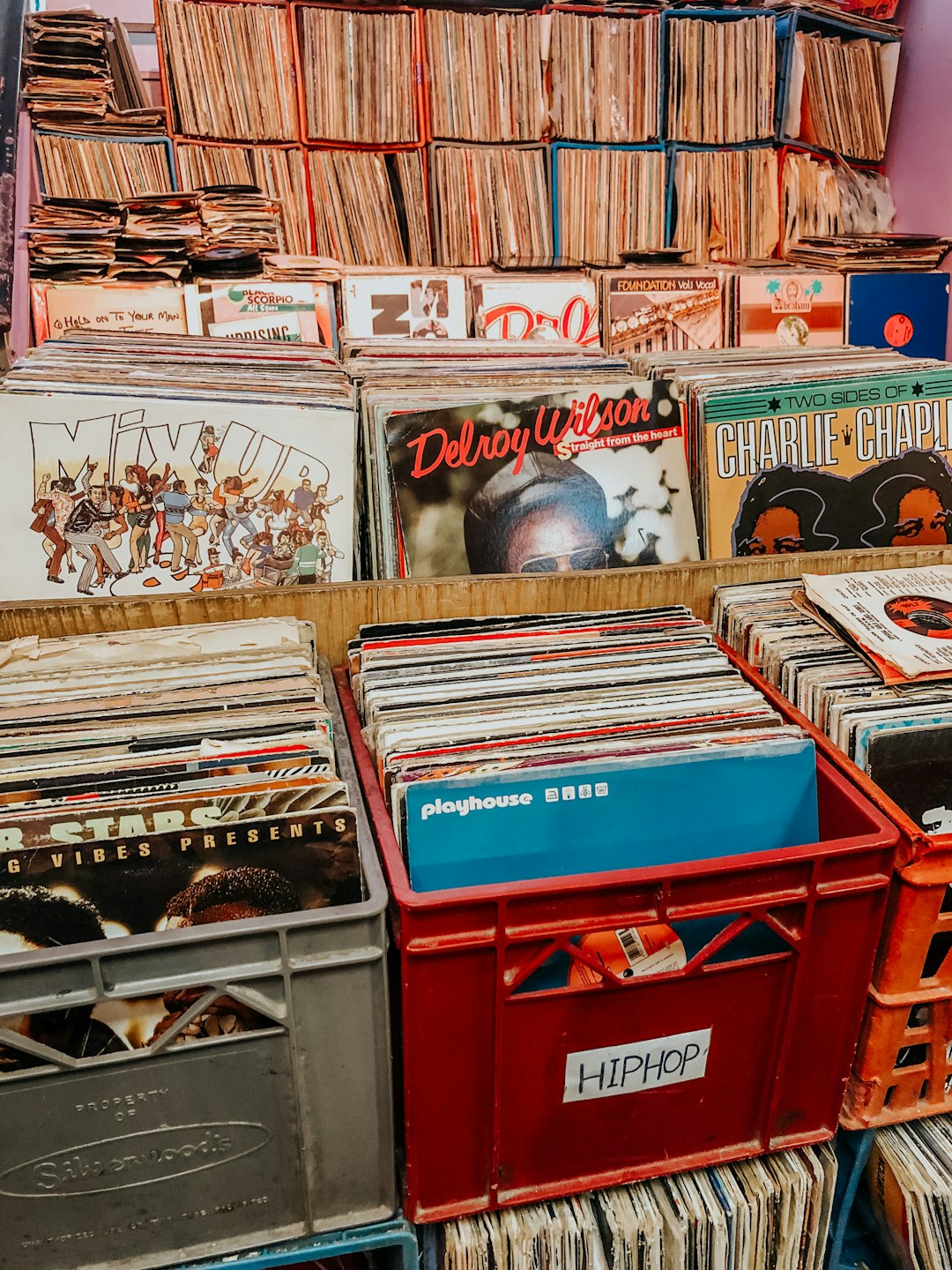Effective communication is essential in healthcare, especially in hospitals where medical decisions often rely on patient-provider understanding. For the Deaf and hard of hearing community, this understanding can be hindered without access to professional sign language interpretation. Hospitals that prioritize inclusive communication not only comply with accessibility laws but also improve patient outcomes.
American Sign Language (ASL) interpreters bridge a critical gap in healthcare by enabling clear dialogue between patients and medical staff. From emergency departments to routine check-ups, interpreters ensure that Deaf patients can fully understand diagnoses, treatment plans, and post-care instructions. Providing this service is not just about accessibility—it’s about ensuring equal care and respect for all patients.
Incorporating sign language interpretation for hospitals is an important step toward creating a more inclusive healthcare system. Interpreters are trained not only in ASL but also in medical terminology, allowing them to accurately convey complex information. This reduces the risk of miscommunication, which can lead to serious medical errors or non-compliance with treatment plans.
Hospitals often partner with communication service providers to offer on-site or remote interpretation. These services can be crucial during emergencies or in situations where immediate understanding is required. Having interpreters readily available can also ease stress for patients who may already feel vulnerable due to their health concerns.
Technology has made it easier for healthcare facilities to integrate sign language services into their daily operations. Video remote interpreting, for example, allows hospitals to connect with certified interpreters within minutes. This flexibility ensures that patients have consistent access to communication support, regardless of the time or location.
For hospitals looking to enhance their accessibility efforts, working with a provider committed to inclusive communication is key. Companies like those found through the Maple Communications website offer a range of language services tailored to healthcare environments, helping institutions meet regulatory requirements while also delivering compassionate patient care.
Ultimately, sign language interpretation is more than a compliance measure—it’s a reflection of a hospital’s commitment to dignity, equity, and respect. By investing in these services, hospitals not only support the Deaf and hard of hearing community but also foster a culture of empathy and understanding throughout their facilities.






